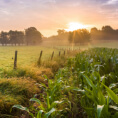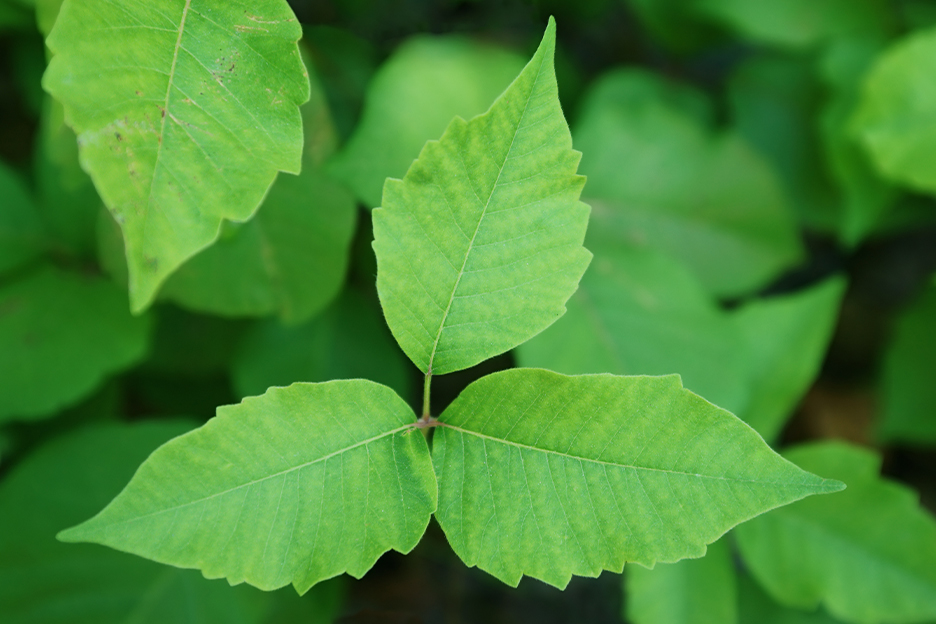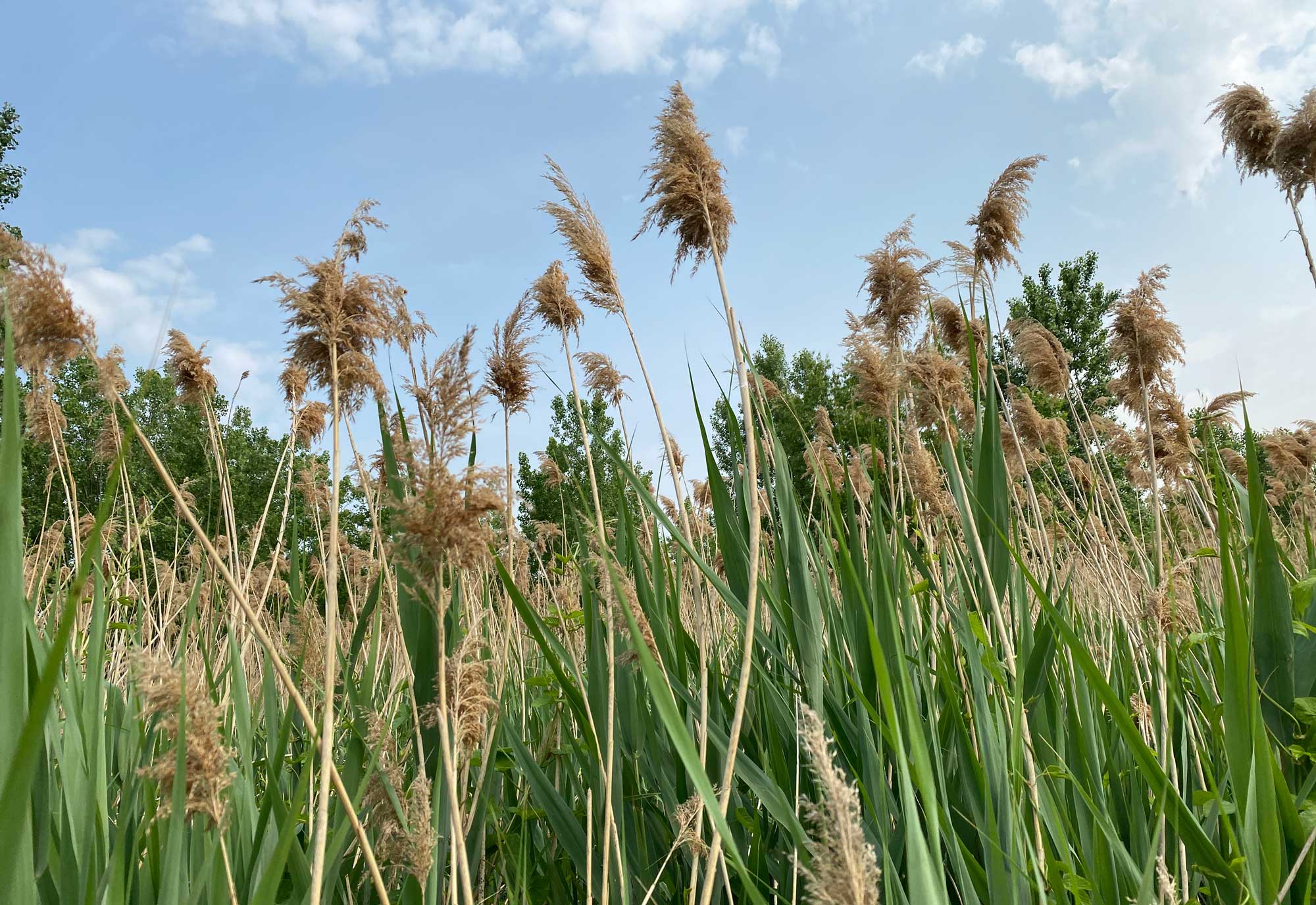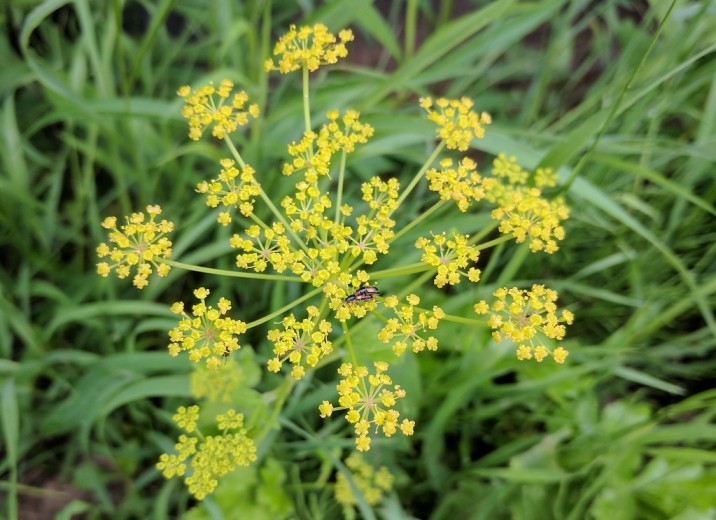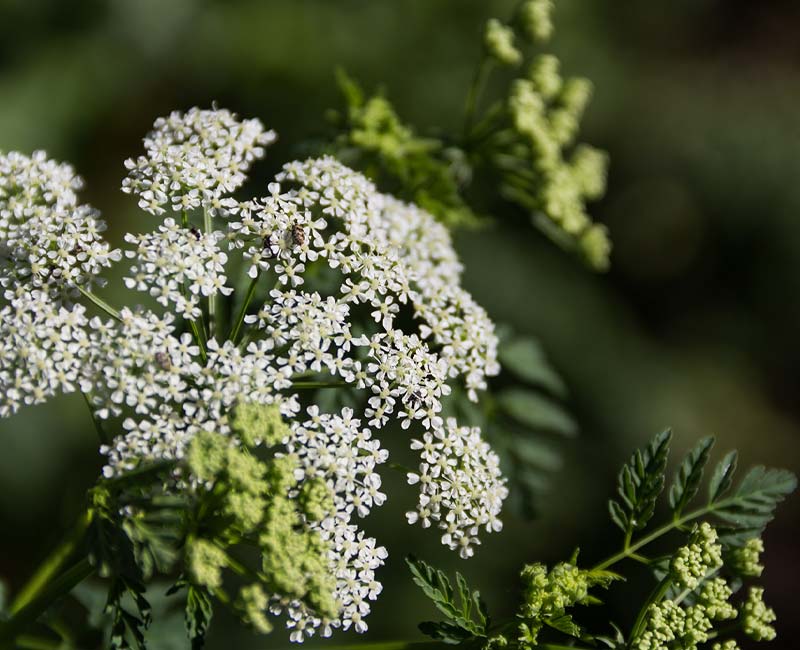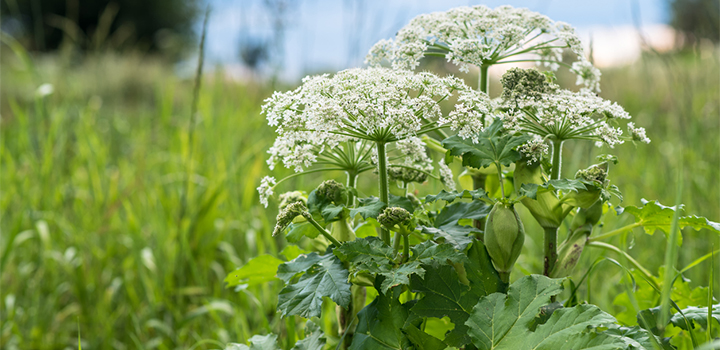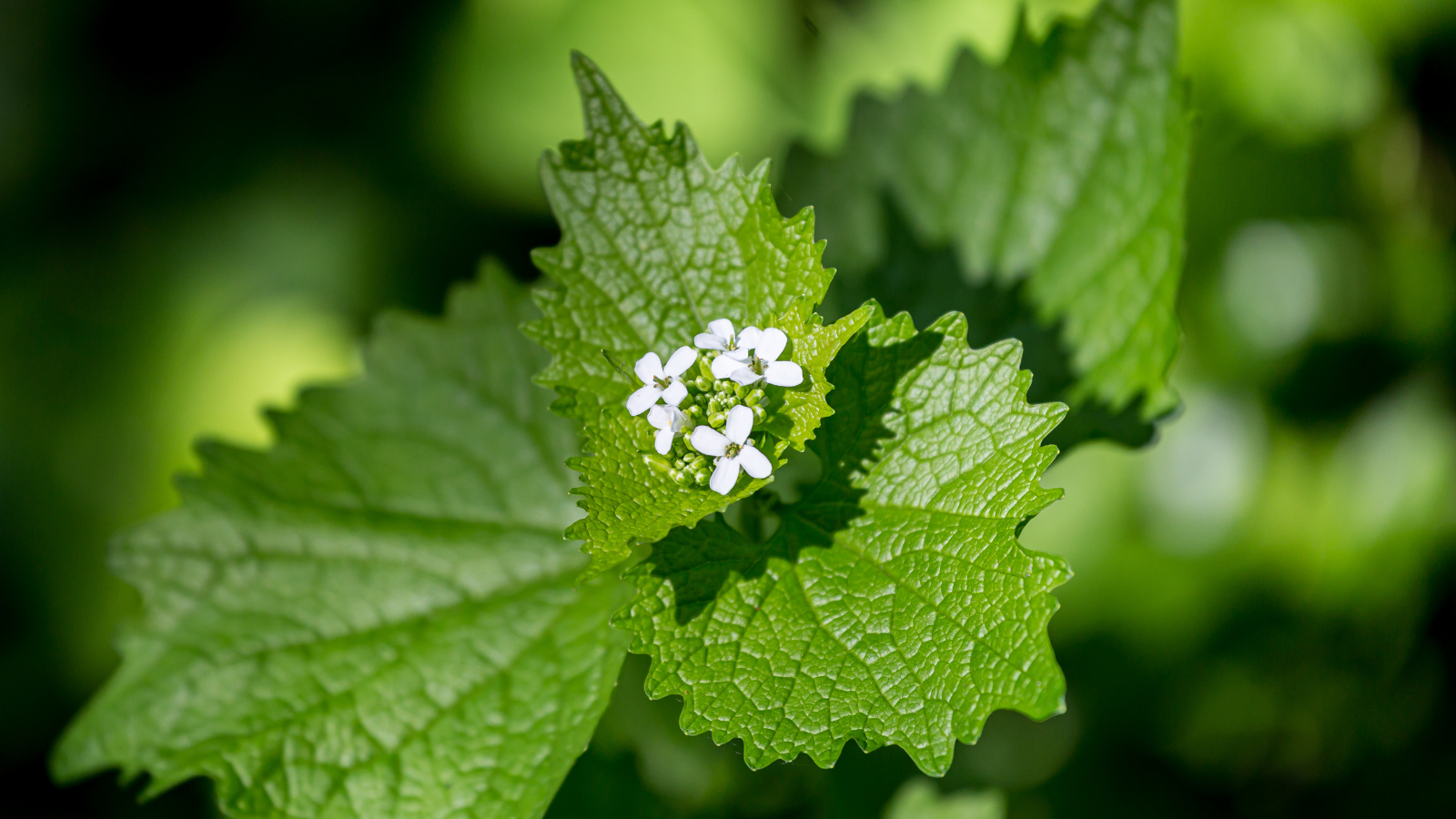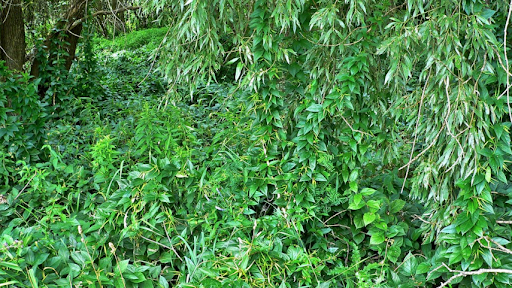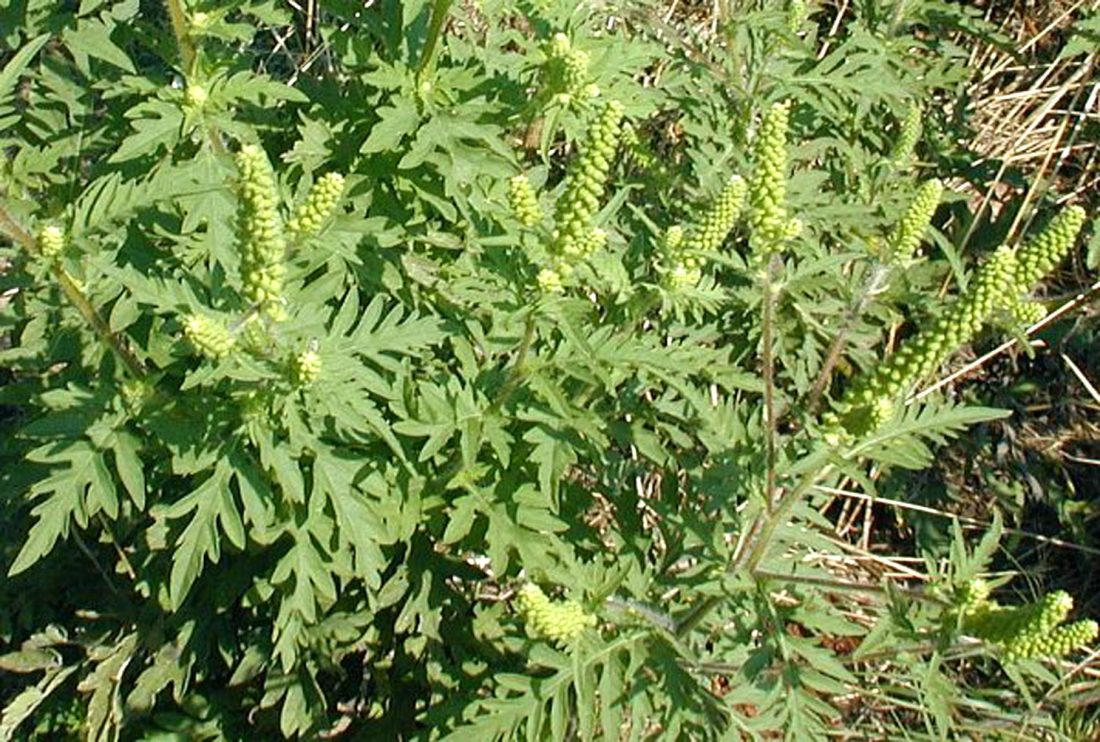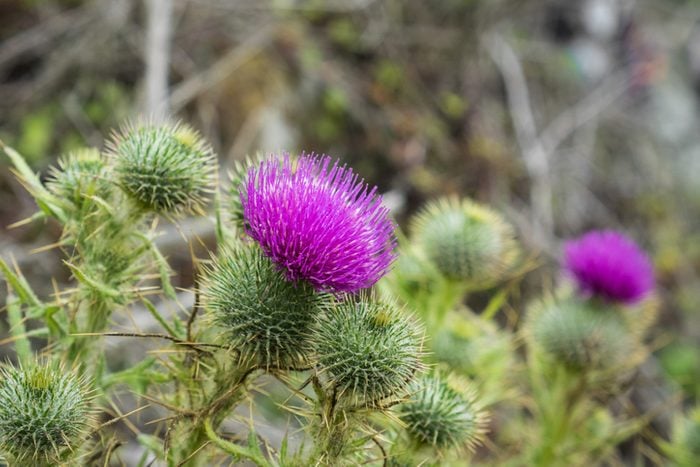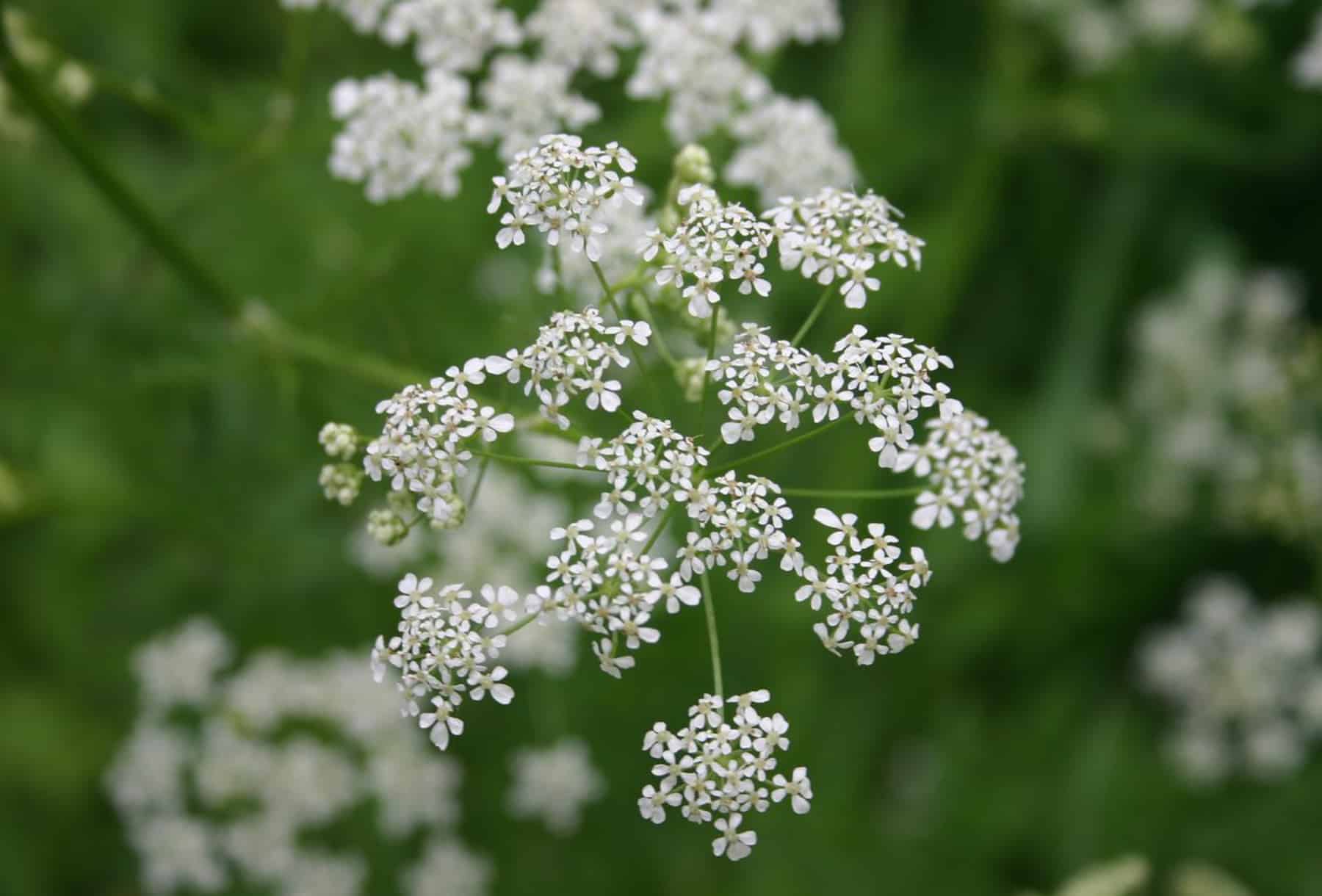Noxious Weeds
The Provincial Weed Control Act applies only to those weeds which are designated as ‘noxious’ when:
- they have negative impact on Agricultural operations
- they have negative impact on Horticultural operations
To report a noxious weed, please fill out our Report a Concern form.
The following Noxious Weeds are most common in Adjala-Tosorontio
| Poison Ivy |
|
Poison ivy can grow as a small plant, shrub, or climbing vine and is easily identified by its clusters of three leaflets, leading to the saying "leaves of three, let it be." Its leaf shape and edges vary, and it produces greenish flowers in spring and white berries in fall. Contact with its oily sap can cause itching, a red rash, and blisters, with symptoms appearing hours or even days after exposure. |
| Phragmites |
|
Invasive Phragmites, or European Common Reed, is a fast-spreading perennial grass from Eurasia that threatens Ontario’s wetlands, beaches, and biodiversity. It outcompetes native plants by monopolizing water and nutrients and releasing toxins into the soil to suppress surrounding vegetation. Though it thrives in standing water, its deep roots also allow it to survive in drier areas. Phragmites stands contain a large amount of dead, dry stems that are highly flammable, especially in dry seasons, significantly increasing the risk of wildfires and posing dangers to nearby homes, businesses, and people. |
| Wild Parsnip |
|
Wild parsnip (Pastinaca sativa) is an invasive plant native to Europe and Asia that now thrives in disturbed areas across North America. Though its roots are edible, its sap is phototoxic and can cause serious skin irritation, blisters, and burns when exposed to sunlight. |
| Poison Hemlock |
|
Poison Hemlock is a highly toxic biennial plant in the carrot family, native to Europe and North Africa but now widespread and invasive in many parts of the world. It grows quickly, reaching up to 8 feet tall, and has hollow, maroon-spotted stems, a deep root system, and a strong, unpleasant smell. All parts of the plant—especially seeds and roots—are poisonous, and even after dying, its stems can remain deadly for up to three years. |
| Giant Hogweed |
|
Giant Hogweed is an invasive plant species originally from Asia that has spread to many parts of the world, including Canada. It’s classified as a noxious weed due to its harmful effects on agriculture, horticulture, and human health. This plant thrives in moist soil conditions and is commonly found along roadsides, ditches, stream banks, and in vacant or disturbed areas. Did you know that the sap of Giant Hogweed can cause serious skin irritation and painful blisters, particularly in people with sensitive skin? It’s also toxic to dogs. The sap contains harmful chemicals that can lead to severe skin reactions and even temporary or permanent blindness if it gets into the eyes.
|
| Garlic Mustard |
|
Garlic mustard is an invasive herb native to Europe, introduced to North America for culinary use. It has a two-year life cycle (biennial) and is easily identified by the strong garlic odor released when its young leaves are crushed. This plant spreads aggressively, often forming thick patches that crowd out native vegetation in forests, along roadsides, and in disturbed areas. Its rapid spread poses a threat to biodiversity, as it outcompetes native species and disrupts soil ecosystems by interfering with beneficial fungal networks that help plants absorb nutrients. Historically, garlic mustard has also been used for its medicinal properties, including as a diuretic. |
Other Noxious Weeds found in Simcoe County
|
Dog-Strangling Vine |
|
Dog-strangling vine, also known as swallow-wort, is an invasive perennial vine that poses a threat to native plants and ecosystems. Originally from Eurasia, it was introduced to North America in the mid-1800s. Although not toxic to dogs, the plant’s seeds can cling to their fur, aiding its spread and increasing competition with native species by blocking sunlight and taking over space. This vine grows rapidly and aggressively, forming dense patches that can overwhelm surrounding vegetation. It often wraps itself around trees and other plants, potentially causing damage or creating safety hazards by hanging overhead. Smaller infestations can be managed by hand-pulling or digging out the entire root system. However, larger outbreaks may require the use of herbicides. Proper disposal is crucial, as the plant can regrow from root fragments and should never be composted.
|
| Glossy Buckthorn |
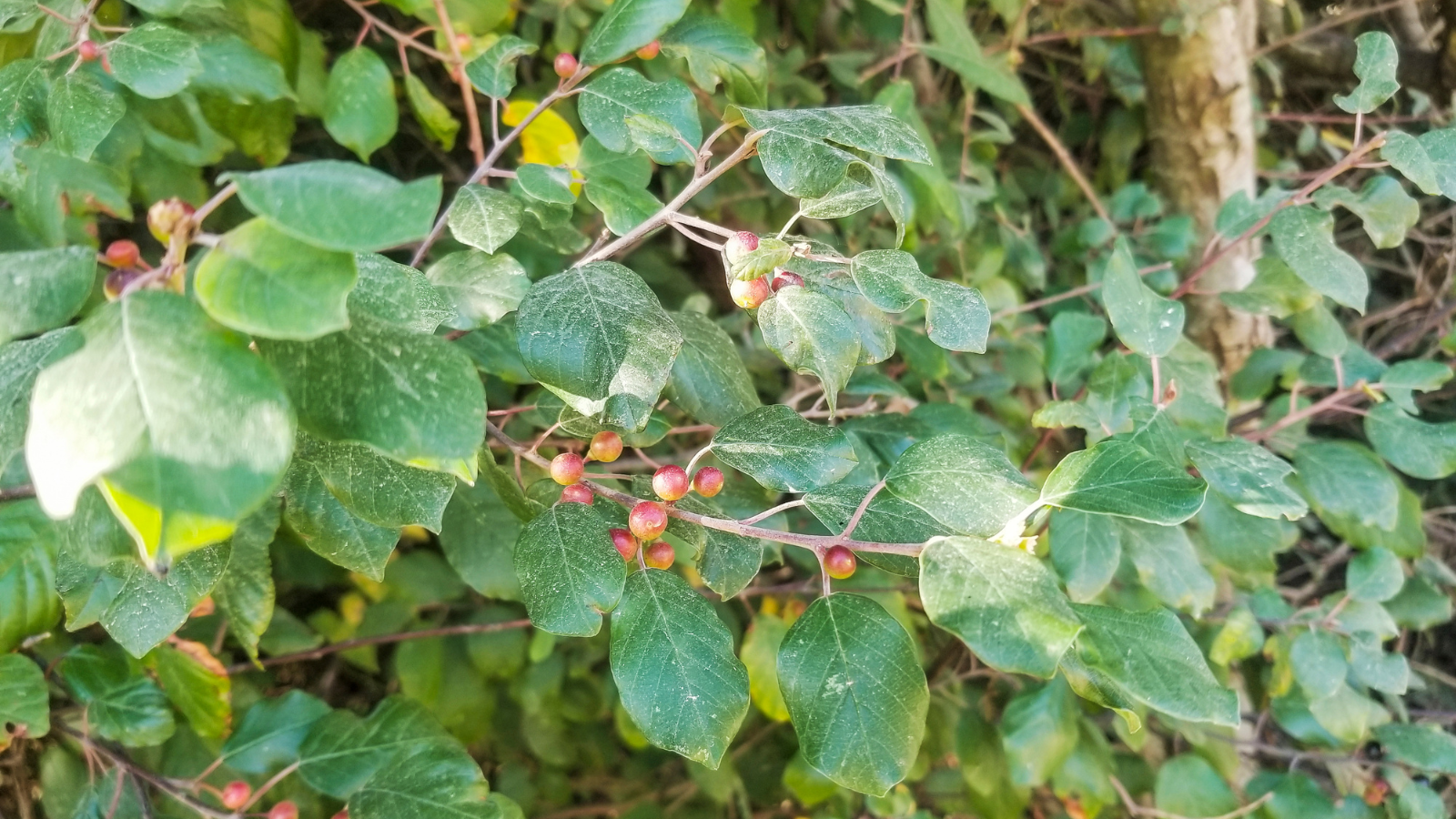
Glossy buckthorn is a non-native tree species introduced to Canada from Eurasia about a century ago. Originally used for landscaping, it has since become invasive, threatening native ecosystems. It can grow up to seven metres tall and spreads quickly in natural areas. This tree leafs out early in the spring and retains its leaves well into the fall, allowing it to outcompete native plants by forming dense thickets that block sunlight. Young glossy buckthorn plants often have multiple stems, which eventually merge into a single trunk up to 20 centimetres in diameter as the plant matures. Its leaves are oval, slightly wavy, shiny on the top and hairy underneath, and range from 1 to 3 centimetres in length. The stems are greenish, while older branches develop grey-brown bark speckled with white spots. Underneath, the sapwood is yellow, and the heartwood ranges from pink to orange. From late May through early September, glossy buckthorn produces small, greenish-white flowers with five petals. Early detection is key to managing this invasive species. Young seedlings can be pulled by hand, especially when the soil is moist, but care should be taken to remove as much of the root as possible. Larger saplings and small trees can be cut, but this alone won’t kill the plant—stems will resprout vigorously unless herbicide is applied to the cut surfaces. In areas with heavy infestations, repeated efforts over several years are often necessary for effective control. |
| Ragweed |
|
Ragweed (Ambrosia spp.) is a group of plants in the sunflower family known for producing highly allergenic pollen. With about 50 species—common ragweed (Ambrosia artemisiifolia) being the most prevalent in North America—ragweed is now found in roughly 80 countries worldwide. Ragweed is a globally widespread weed that causes severe seasonal allergies, can worsen asthma, harms agriculture by reducing crop yields, and disrupts natural ecosystems. |
| Thistle |
|
Thistles are spiny flowering plants, mostly from the Asteraceae family, known for their colorful blooms and sharp leaves that deter herbivores. While visually striking, they can be hazardous due to their spines, potential allergens, toxic sap or pollen, and their tendency to spread aggressively and displace native vegetation. |
| Sow-thistle |
|
Annual sowthistle is an invasive species known for its rapid growth, abundant seed production, and wide dispersal. It thrives in disturbed areas like roadsides and agricultural fields, where it forms dense populations that outcompete native plants. Its ability to reseed and adapt to various soil types makes it challenging to control. It can severely impact native vegetation in tidal meadows and beach fringe areas, which are crucial habitats for wildlife. |
| Wild Chervil |
|
Wild chervil, a biennial or short-lived perennial from the parsley family, was introduced to North America from Europe. It forms a rosette of leaves in its first year and flowers in the second, producing large amounts of seeds that spread easily. This invasive plant can quickly dominate areas, outcompeting native species by shading them out and limiting resources. Its dense growth is unpalatable to livestock, and its deep roots and herbicide resistance make it hard to control. Additionally, it hosts the yellow fleck virus, which affects plants in the carrot and parsnip families. |
For other invasive species, please visit the County of Simcoe's website.












